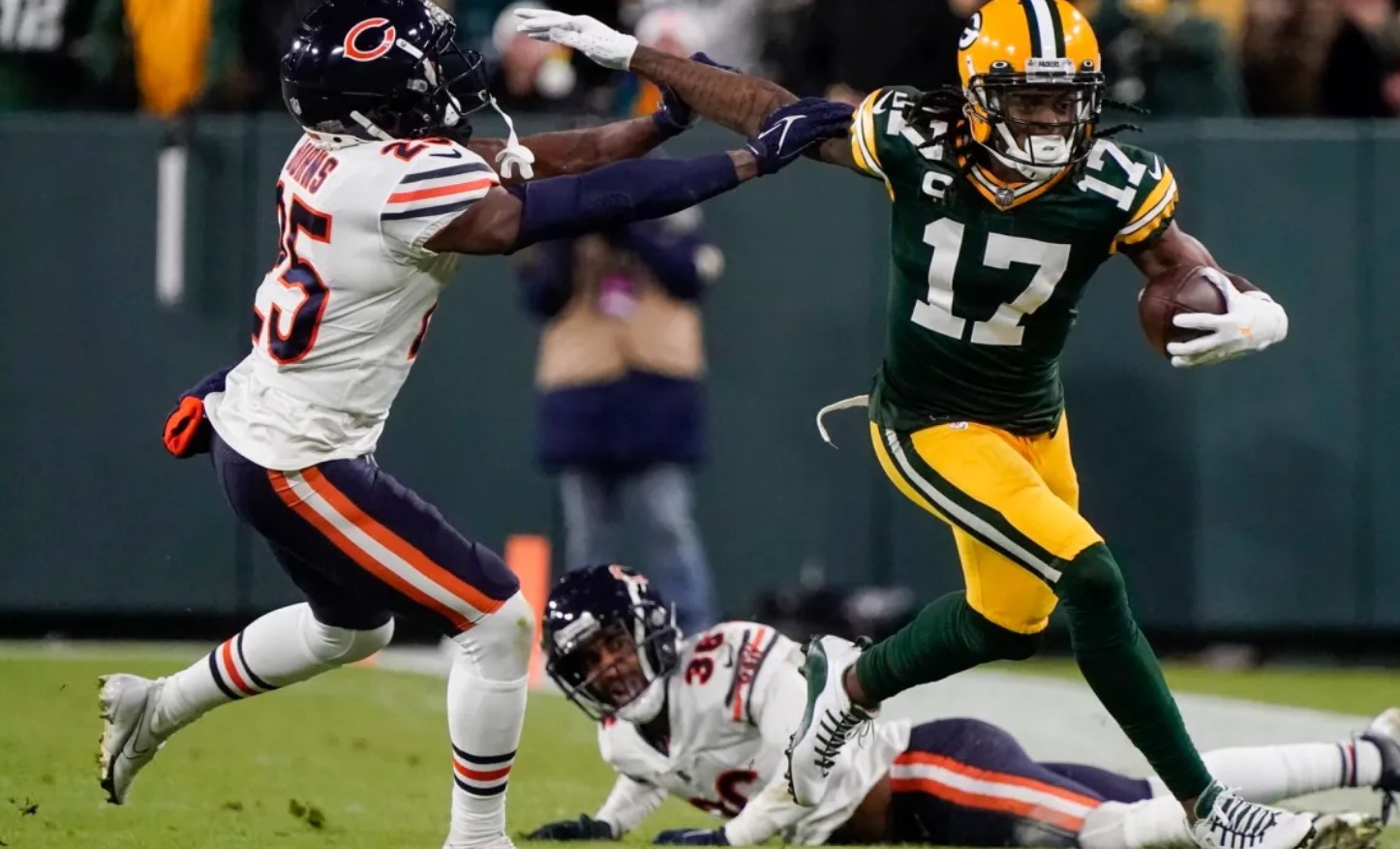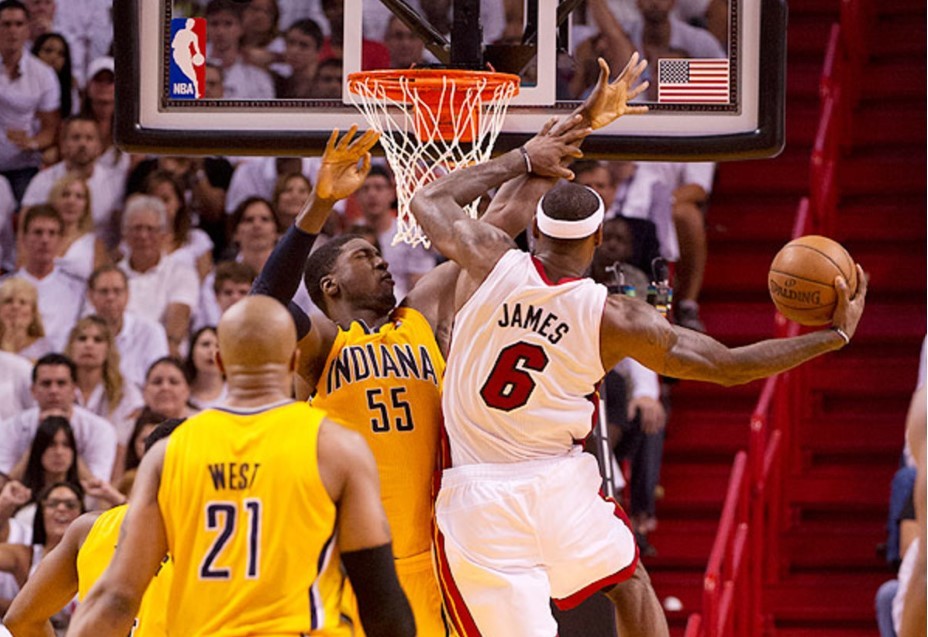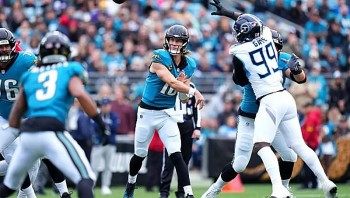Top 15 Most Famous Black American Scientists Who Made World-Changing Inventions
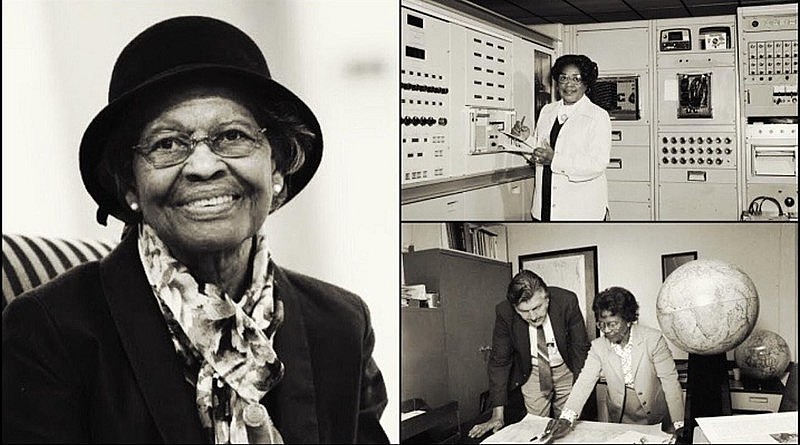 |
| Top 15 Most Famous Black American Scientists Who Made World-Changing Inventions |
| Table of Contents |
Can you fathom living without blood banks, personal computers, or reasonably priced shoes? These amazing creations—and many more—would not exist today if these 15 black innovators hadn't had such brilliant minds.
Read more: Top 120 Greatest Inventions That Have Changed the World Forever
1. Lady C.J. Walker (December 23, 1867–May 25, 1919)
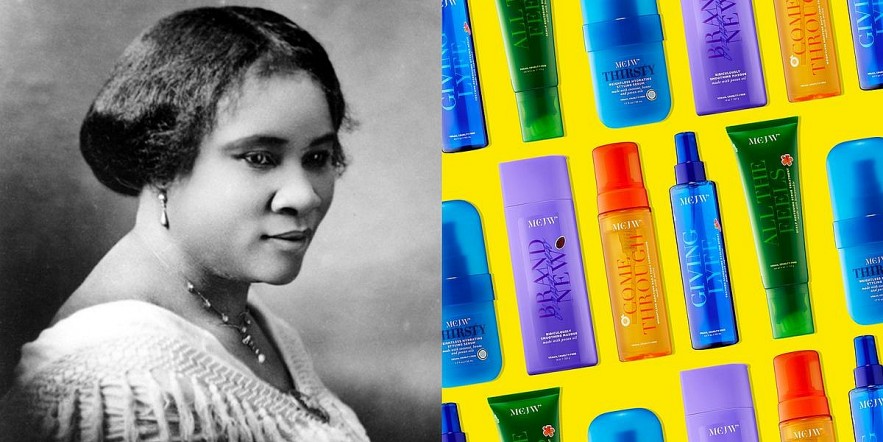 |
Lady C.J. Walker, born Sarah Breedlove, became the first black female millionaire by investing in a line of hair care products aimed at black clients in the early twentieth century. Walker was a pioneer in the education of women of color. Developing women of color into sales agents - a massive force marketing products door to door across the United States and the Caribbean. Walker, a kind and well-respected individual, found it easy to develop her team by offering business training courses and other educational outreach opportunities to help these women of color become financially independent.
2. George Washington Carver (1861–January 5, 1943)
George Washington Carver was a notable agricultural engineer of his time, conducting extensive study and making significant contributions to a variety of soybean, peanut, and sweet potato applications. Carver, who was born enslaved in Missouri during the Civil War, developed a strong interest in plants at a young age. Carver, Iowa State's first black college graduate, went on to explore soybean fungus and develop novel crop rotation systems. After earning his Master's degree, Carver was accepted into Tuskegee University's Research Institute, one of the premier universities for persons of color. Carver also made his mark on scientific history at Tuskegee by researching and producing over 300 various peanut applications, which commonly included soap, lotion, and paint.
3. Lonnie Johnson (b. October 6, 1949)
Lonnie Johnson has more than 80 patents in the United States, but the Super Soaker toy water cannon patent is one of his most well-known accomplishments. Johnson, a classically trained engineer, worked on the US Air Force's stealth bomber project and NASA's Galileo space mission, as well as designing solar energy vehicles and geothermal power plants. The Super Soaker water cannons, which were first patented in 1986, are his most well-known invention. Since its release, this toy has generated approximately $1 billion in revenue.
4. George Edward Alcorn, Jr. (b. March 22, 1940)
George Edward Alcorn, Jr. is a physicist who specializes in aerospace research. His work is credited with transforming astronomy and the semiconductor industry. He has 20 innovations, eight of which have been patented. Perhaps his most renowned invention is an enhancement to the X-ray spectrometer used to investigate distant galaxies and other distant space phenomena, which he patented in 1999. in 1984. Alcorn's plasma etching process, which was patented in 1989, is being used to manufacture computer chips, commonly known as semiconductors, today.
5. Benjamin Banneker (November 9, 1731–October 9, 1806)
Benjamin Banneker educated himself to become an astronomer, mathematician, and farmer. He was one of several hundred free African Americans living in Maryland, where slavery was legal at the time. Despite his lack of expertise regarding pendulum clocks, Banneker is most remembered for a series of almanacs he issued between 1792 and 1797, which contained his comprehensive astronomical calculations as well as articles on current themes. Banneker also had a tiny role in surveying the topography of Washington, D.C. in 1791.
6. Charles Drew (June 3, 1904–April 1, 1950)
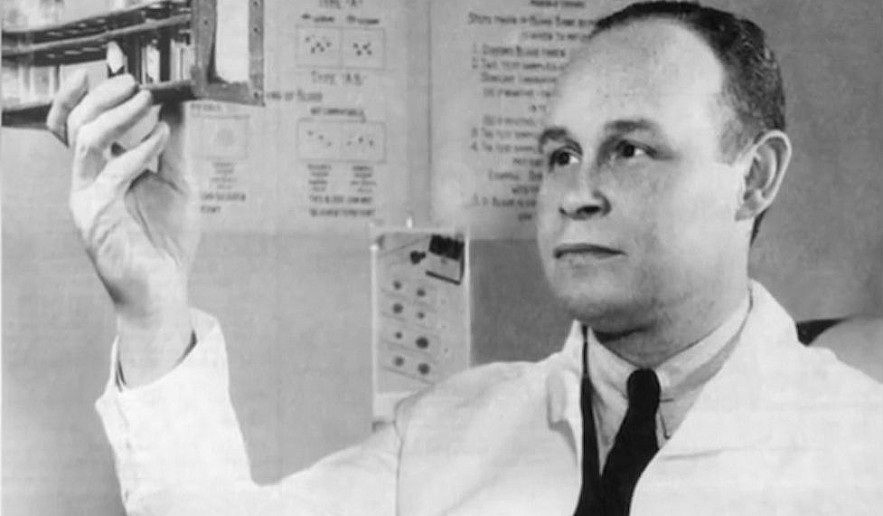 |
Charles Drew was a physician and medical researcher whose groundbreaking work in hematology saved thousands of lives during WWII. Drew, a doctoral researcher at Columbia University in the late 1930s, created a process for isolating entire plasma from blood that allowed it to be preserved for up to a week, which was significantly longer than at the time. Drew also discovered that plasma could be transported between people of any blood type, and he assisted the British government in establishing the country's first national blood bank. Drew temporarily worked for the American Red Cross during World War II, but resigned in protest of the organization's insistence on segregating the bloodlines of white and black donors. He continued to do research, teach, and participate in community activities until his death in a vehicle accident in 1950.
7. Thomas L. Jennings (1791–February 12, 1856)
Thomas Jennings was the first African American to receive a patent. Jennings, a New York City tailor, was granted a patent in 1821 for his pioneering "dry cleaning" invention. It was the predecessor of modern dry cleaning. Jennings' innovation made him wealthy, and he utilized his earnings to help civil rights organizations.
8. Elijah McCoy (May 2, 1844–October 10, 1929)
Elijah McCoy was born in Canada to parents who were slaves in America. A few years after Elijah's birth, the family relocated to Michigan, where he spent his childhood. After finishing his engineering training in Scotland, he returned to the United States. McCoy was unable to find job in engineering due to racial discrimination, so he became a train firefighter. While in that position, he devised a new method of keeping locomotive engines lubricated while in operation, allowing them to run for extended periods of time between repairs. McCoy proceeded to refine this process and other ideas, receiving approximately 60 patents over his lifetime.
READ MORE: When Was The First Computer Invented and Who Invented?
9. Garrett Morgan (March 4, 1877 – July 27, 1963)
Garrett Morgan is well-known for creating the safety hood in 1914, which served as the forerunner of today's gas mask. Morgan was so convinced in his invention's potential that he regularly demonstrated it in ads for fire departments across the country. In 1916, he garnered significant praise for entering and donning his helmet to rescue workmen trapped by an explosion in a tunnel beneath Lake Erie near Cleveland. Morgan created one of the earliest traffic signals and later developed a novel clutch for automated transmissions. He was also an active member of the civil rights movement, helping to start the Cleveland Call, one of Ohio's earliest African-American newspapers.
10. James Edward Maceo West, born February 10, 1931
If you've ever used a microphone, you may credit James West for his innovation. West was interested by television and electronics since a young age, which inspired him to become a physicist later in life. After graduating from college, he moved to work at Bell Labs, where he conducted research on how human hearing works, which motivated him to create the first electronic microphone in 1960. He designed microphones that were more sensitive, utilized less power, and were smaller than those available at the time. They have initiated a revolution in the realm of acoustics. Cone-style electret microphones are now utilized in a wide range of devices, including phones and laptops.
11. George Carruthers (October 1, 1939 – December 26, 2020)
George Carruthers (1939-2020) was an astrophysicist who spent much of his career at the Naval Research Laboratory's (NRL) Space Science Division in Washington, DC. He's most known for developing the UV camera/spectrograph, which NASA utilized to launch Apollo 16 in 1972. It helped show the existence of molecular hydrogen in interstellar space, and in 1974, space scientists deployed a new model version of the camera to study Halley's Comet and other astronomical occurrences aboard the United States' first space station, Skylab.
12. Charles Richard Drew (June 3, 1904 – April 1, 1950)
Countless people owe their lives to Charles Richard Drew (1904-1950), the physician who established America's first large blood banks. Drew attended the McGill University Faculty of Medicine in Montreal, where he specialized in surgery. During a post-graduate internship and residency, the young doctor researched transfusion medicine, and later, while attending Columbia University, he improved crucial methods of collecting, processing, and storing plasma.
In 1940, World War II was in full swing in Europe, and Drew was given command of a scheme called "Blood for Britain." He contributed to the collection of thousands of pints of plasma from New York hospitals, which were then flown overseas to treat European soldiers. Drew is also responsible for the introduction of "bloodmobiles"—refrigerated trucks that serve as collecting points and transport blood.
13. Mark E. Dean (March 2, 1956)
If you ever possessed an original IBM personal computer, you can thank Mark E. Dean (born 1957) for helping to create it. The computer scientist/engineer worked for IBM, where he led the team that created the ISA bus, the hardware interface that allows many devices such as printers, modems, and keyboards to be connected to a computer. This innovation paved the door for the usage of personal computers in offices and businesses.
Dean also contributed to the development of the first color computer monitor, and in 1999, he led the programming team that built the world's first gigahertz processor. The computer scientist currently possesses three of the company's original nine patents, as well as more than 20 in total.
READ MORE: Top 10 Weirdest and Craziest Inventions of All Time
14. Patricia Bath (November 4, 1942 – May 30, 2019)
Dr. Patricia Bath (1942-2019) revolutionized ophthalmology by inventing the Laserphaco Probe, a device that improved laser cataract surgery. She patented the device in 1988 and is now acknowledged as the first female African American doctor to acquire a medical patent.
Bath was also a trailblazer in other ways, as she was the first Black American to complete an ophthalmology residency at New York University and the first woman to chair an ophthalmology residency program in the United States. She co-founded the American Institute for the Prevention of Blindness. If that wasn't enough, Bath's research on health disparities between Black and non-Black patients spawned a new profession called "community ophthalmology," in which volunteer eye workers provide primary care and treatment to marginalized communities.
15. Alexander Miles (May 18, 1838 – May 7, 1918)
We don't know much about Alexander Miles (1838-1918), but we do know that he was living in Duluth, Minnesota, when he invented a crucial elevator safety feature: automatic doors. During the nineteenth century, travelers had to manually open and close elevator and shaft doors. If a rider failed to close the shaft door, others risked tumbling down the lengthy, vertical pit. Miles' invention, which he patented in 1887, allowed both of these doors to close simultaneously, avoiding disastrous mishaps. Today's elevators still use comparable technology.
Conclusion
Some black scientists have made significant contributions to human development, propelling them into global prominence. Their creations, in particular, contribute to the increasing comfort of our lives.
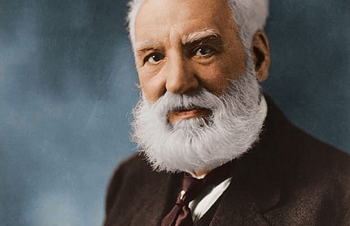 The First Telephone in the World: Who is Inventor and Facts The First Telephone in the World: Who is Inventor and Facts Have you ever wonder what is the history of the first telephone in the world. If your answer is yes, you landed on the ... |
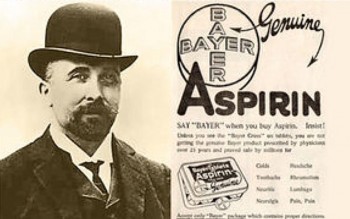 Who Really Was the Father of Aspirin Who Really Was the Father of Aspirin Aspirin is one of the most widely used pain relievers in the world, so the origins of the drug have long been debated. |
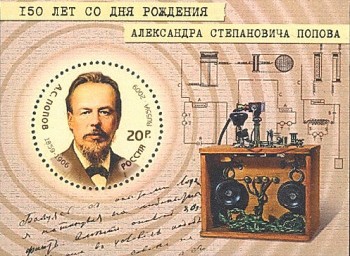 Top 120 Greatest Inventions That Have Changed the World Forever Top 120 Greatest Inventions That Have Changed the World Forever Because of their superior intelligence compared to other animals, humans have created thousands of inventions that have permanently altered both the world and human history. ... |




